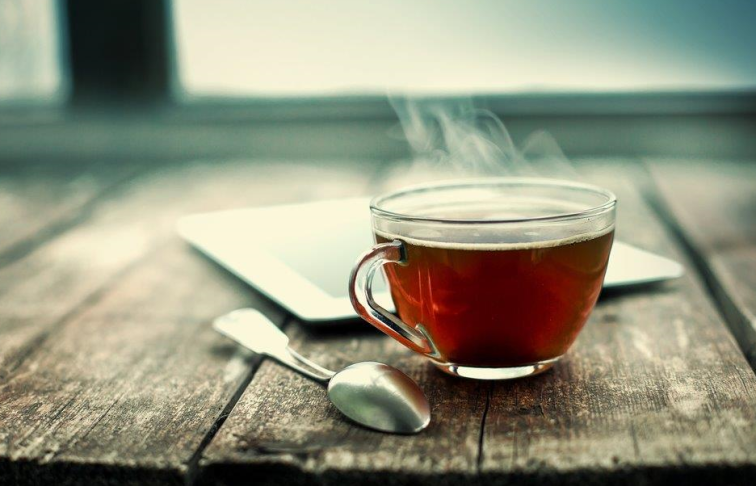Manage your account and see your money through our mobile banking app or on your computer through our website.


According to legend, tea has very grand beginnings. It was invented in China nearly five thousand years ago when, in 2737 BC, emperor Shen Nung sat beneath a tree while his servant boiled drinking water. When some leaves from the tree blew into the water, the emperor tried the infusion, and tea was born. It’s believed that the trend for tea really took off during the Tang Dynasty in the 8th century, when it became China’s national drink.
In the early 1600s, Dutch traders started bringing tea to Europe, and it got to Britain in 1650s, when it was served as a novelty in London’s coffee houses. The first Brit ever recorded drinking tea was Samuel Pepys, who wrote in his diary in 1600 “and afterwards I did send for a cup of tee (a China drink) of which I had never drank before, and went away”.
The wife of King Charles II, Catherine of Braganza, was a much more vocal supporter of tea. It was already a popular beverage amongst the aristocracy in Portugal when she arrived here in 1662 to marry the King. When she asked for a cup of tea in England there was none available as it was still a rare drink. This soon changed when she became Queen of England, Scotland and Ireland, and spread the popularity of tea throughout the nobility and wealthier members of society. At this point though, tea drinking was a luxury activity because of its high cost.
But demand from the British people for tea was so strong that a thriving smuggling trade soon began. By avoiding tax, this smuggled tea was cheap enough to be within reach of more people, but not the general populace; that came in 1783, when William Pitt the Younger slashed the tea tax. Consumption of tea skyrocketed so much that revenue from tea reached higher levels than ever before and the status of tea as our national drink was secured.
Back then, tea was loose and had to be brewed by steeping in a pot of hot water before being poured through a strainer. It is still possible to buy loose leaf tea but 97.5% of us prefer the convenience of a tea bag. Yet tea bags weren’t so much invented as bought into being as the result of a misunderstanding. In 1908, enterprising New York tea and coffee merchant Thomas Sullivan hit upon the idea of sending tea samples to his clients in silk bags. The customers presumed the bags were for brewing and the rest is history.
The only thing we can’t say about tea is whether to put the milk in first or last. In 1946, Dr Stapley of Loughborough University established that putting the milk in after the boiling water is incorrect as it causes the milk to heat unevenly. Yet in 2018 royal butler Grant Harrold said that milk should always go in last, a view that was supported by the ‘overwhelming majority’ of British public in a survey of the same year.
Which way do you prefer? Why not pop the kettle on while you’re thinking about it?